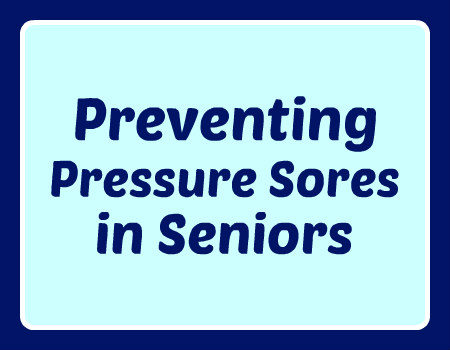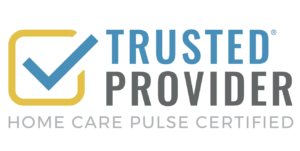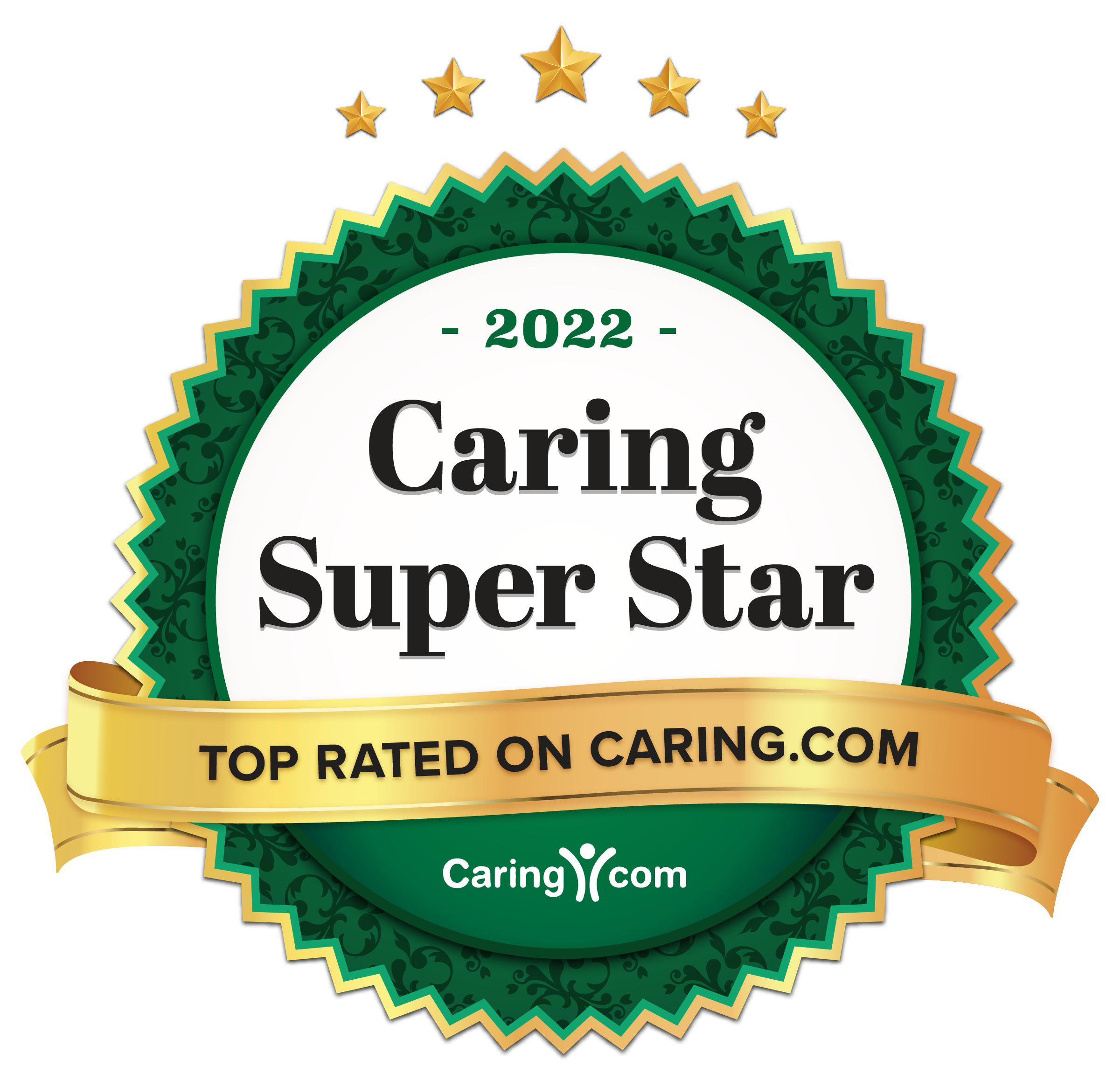How to prevent pressure sores in seniors
A better understanding of what causes pressure sores helps caregivers take better care of their elderly loved ones. A pressure sore (also known as pressure ulcer and bedsore) is a result of tissue getting compressed between bone and an external surface. Pressure sores affect seniors who are unable to move and change position regularly. Prolonged pressure on the compressed areas leads to reduced blood supply (and eventual death) to the skin and underlying muscle tissues. Skin becomes dry and flaky and can break open which allows bacteria to enter the wound.
Pressure sores/ulcers are located in areas such as the head and ears, elbows, shoulders, heels, and the sacral region and are graded or staged to classify the degree of tissue damage.

Pressure sores are characterized by four stages dependent on the severity and depth of the lesion
Stage 1: Pressure sores involve the superficial skin layer. The area has prolonged redness or “non-blanchable redness” (the area is red and does not go back to normal color when the senior is moved). The area can also turn pale or shiny and white.
Stage 2: Pressure sores involve superficial lesions to the top layer of skin. This results in a shallow depression or abrasion causing skin breakdown, blisters, shallow craters, edema, drainage, and possibly infection.
Stage 3: Pressure sores have full skin loss and extension into the subcutaneous tissue causing necrosis, drainage, and localized infection.
Stage 4: Pressure sores have damaged the muscle, fascia, and bone with deep infections, drainage, and death of the tissue (necrosis). Consequently, when a senior enters this stage they will always have a stage 4 ulcer. Although pressure sores may heal on the surface, the sores are deep and usually slow to heal. Due to this, pressure sores re-open easily.

In most cases, seniors have special skin care needs because their skin becomes dry and thin as they age. If it becomes too dry, skin is prone to cracking and dermatitis. In addition, this allows for the growth of bacteria which can result in infection. Prevention of and assessment for pressure sores/ulcers and skin tears will avoid discomfort and decreased quality of life for seniors.
Prevent pressure ulcers and skin tears:
- Relieve pressure by off-loading weight
- Prevent shearing and friction with careful transfers
- Provide good personal care
- Adequate nutrition and hydration
- Loose, non-binding clothing
What can you do as a caregiver?
- Reposition often: seniors need to be turned frequently to avoid pressure-sensitive ulcers.
- Check skin and all pressure points frequently
- Give good skin care: powder which keeps areas clean and dry, lotion which keeps skin hydrated and elastic
- Give good perineal care—toilet often and clean area well
- Help the client exercise regularly – whatever the client is capable of doing
- Make sure bed linens are clean, dry and wrinkle free
- Give gentle massages to increase blood flow
- Encourage fluids and good nutrition
- Use pressure reducing devices: pillows, coccyx cushion, air mattress, barrier cream
What should you report to the doctor, Home Health nurse, or other healthcare providers?
- Redness that won’t go away
- Pale, white, shiny area over a bony prominence
- Red, hot, tender to touch
- Pressure ulcer that has increased in size or depth
- Senior reports pain

Aspen Senior Care has won Provider of Choice for 8 years in a row!
Aspen Senior Care trains our caregivers to follow these guidelines to ensure we provide our clients with the best possible care. We know how important it is to have caregivers our clients can trust. Because of this, we provide monthly in-service training to cover important educational topics. This improves the quality of life for both the caregiver and the senior receiving care. Click here to learn more about our professional caregivers.
Information presented by Amanda Hensler
First Choice Home Health & Hospice











 Caring Super Star of 2022
Caring Super Star of 2022 Daily Herald Best of Utah Valley, 2022
Daily Herald Best of Utah Valley, 2022 Utah Valley Chamber of Commerce Business of the Year
Utah Valley Chamber of Commerce Business of the Year